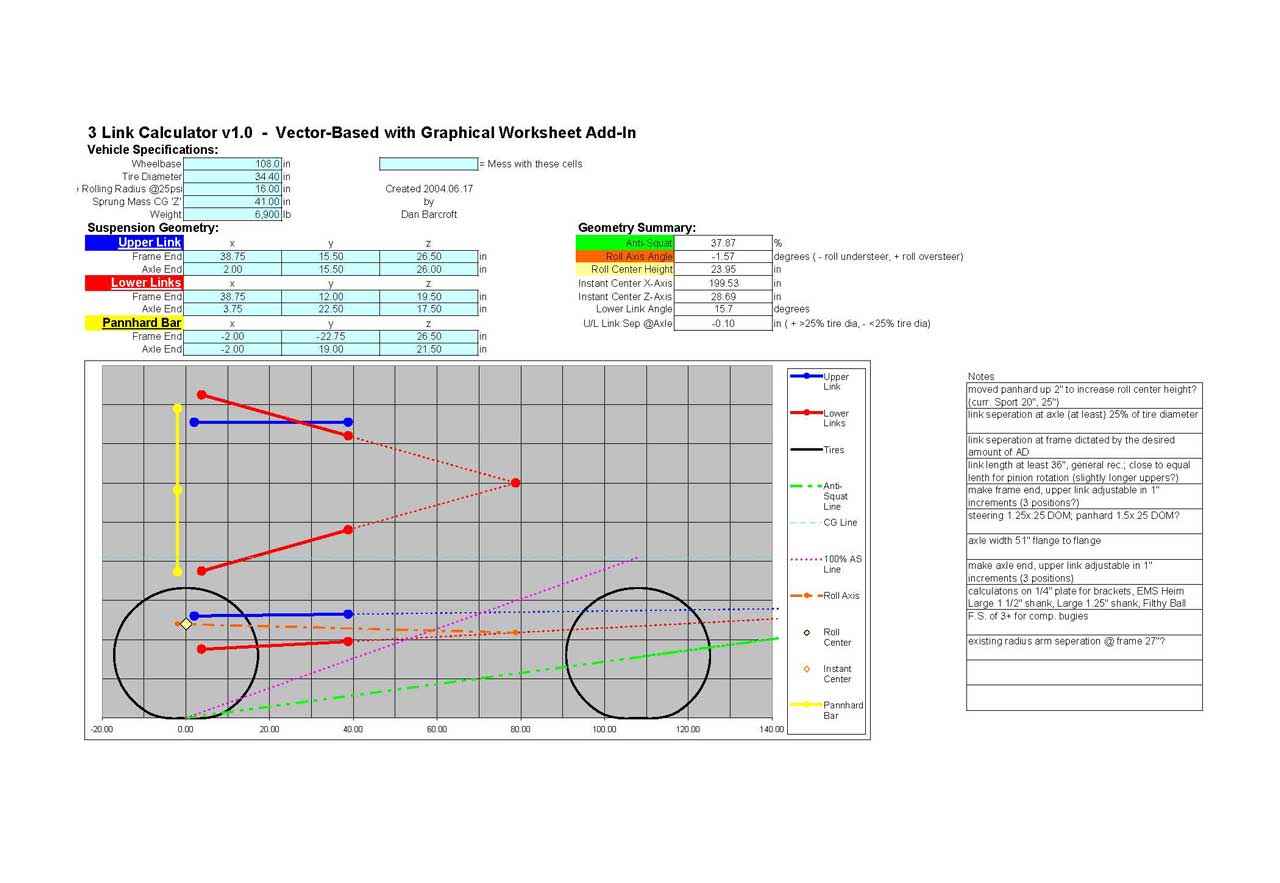
Fortunately, these forces usually tend to work in concert with each other, or at least can be made to. There are quite a few forces that affect a bicycle's steering and handling. It's one thing to comprehend concepts like trail and steering axis and gyroscopic forces, another thing altogether to know with precision how a bicycle is going to handle once a design is executed in the form of a road-ready machine. Let me begin by stating the following: the sum of facts I know is greater than the degree of understanding I possess. Nevertheless I thought I'd revisit the issue and attempt to amalgamate everything, especially in light of new USAT bike rules allow my "experiment" to be engaged in by anyone of any height without fear of disqualification. I have also tweaked the subject a bit more in a geometrical experiment in which I engaged over the past couple of years. Pedaling through corners is riskier with a lower BB drop.This subject had been covered to my reasonable satisfaction in a comprehensive article on bike geometry. But the rider should use low profile pedals and not very long cranks. 8 cm is used by some builders and can feel more stabile. It’s low enough to provide a low center of gravity yet it’s high enough to allow pedaling through corners without scraping a pedal. Front center is a handy measurement to see if a bike will have toe overlap when comparing to a known bike.īB drop seems to have settled at 7 cm for most road bikes. Weight distribution is the key measurement. There is no rule of thumb about proper front center. A long wheelbase is nice to have at high speeds, but if too long, it makes it harder to maneuver in a group of riders or just interacting with one rider. Too much weight on the rear wheel (common with ultra short chainstays) makes seated climbing more challenging by making it harder to keep the front wheel on the ground.

(easy to check with a bathroom scale) During high speed descents, proper weight distribution will give the rider confidence in the turns. Ideally, a rider should have 45% of the bike + rider’s weight on the front wheel and 55% on the rear wheel. Head angle also influences wheelbase and front center, which affect weight distribution. Wheelbase, Weight Distribution and Front Center People are usually very good at adapting to various head angle bikes if they have the proper trail. The steeper head angle bikes area little more agile, or require less effort to steer. Generally speaking, with a proper fork rake to yield a trail from 55 to 60 mm of trail, the head angles in this range are fairly stable at high speeds. Head tube angles range from 71.5 degrees to 74.5 degrees. So most shallow angle bikes have plenty of fork offset to compensate. A shallow head angle will want to turn too quickly when leaned if there is too little trail or not enough offset. A steep head angle is more upright and takes less effort to turn the front wheel, especially if there is too much rake or too little trail. More trail is nice at high speeds (motorcycles usually have 80 mm of trail) but can feel sluggish at slower speeds.Īlso known as the steering axis, this angle influences stability in combination with fork offset by controlling “wheel flop”, or the tendency for the wheel to turn when leaned. 57mm of trail is considered by many to be an ideal combination of stability and agility. Fork offset for road bikes usually ranges from 40 to 55 mm, generating trail figures from 50 to 63 mm.
#Steering geometry calculator Patch
Trail is best thought of as the tire patch “trailing” behind the steering axis. Fork offset determines trail when considered with head angle (and the diameter of the wheel).

Straight blade forks can have plenty of offset.

Not to be confused with the curvature of the fork blades, which some people think of as “rake”. How these measurements affect stability :įork Rake is also known as Offset, which more accurately describes what it is: the hub’s offset from the steering axis.


 0 kommentar(er)
0 kommentar(er)
